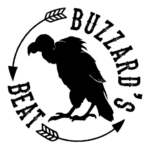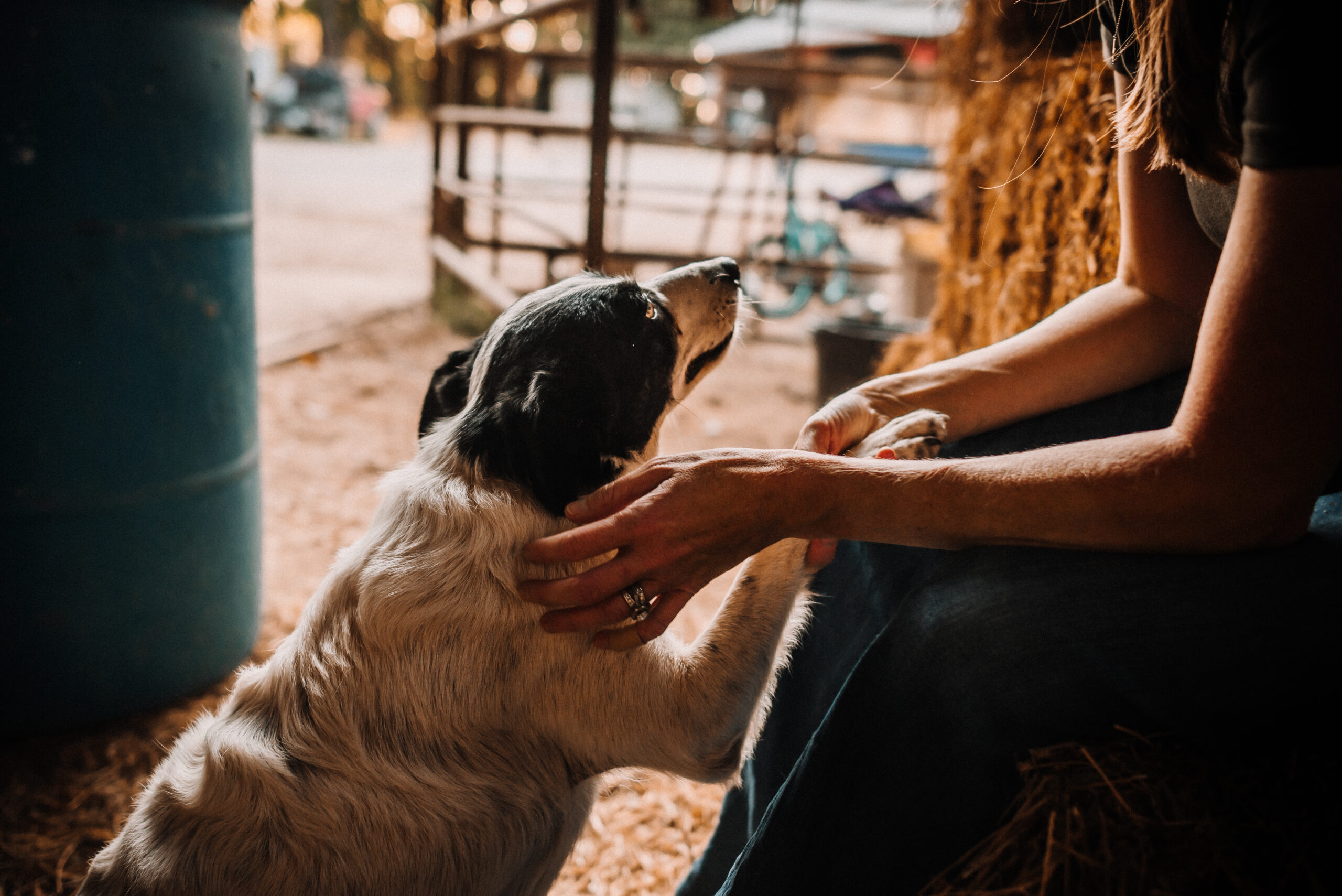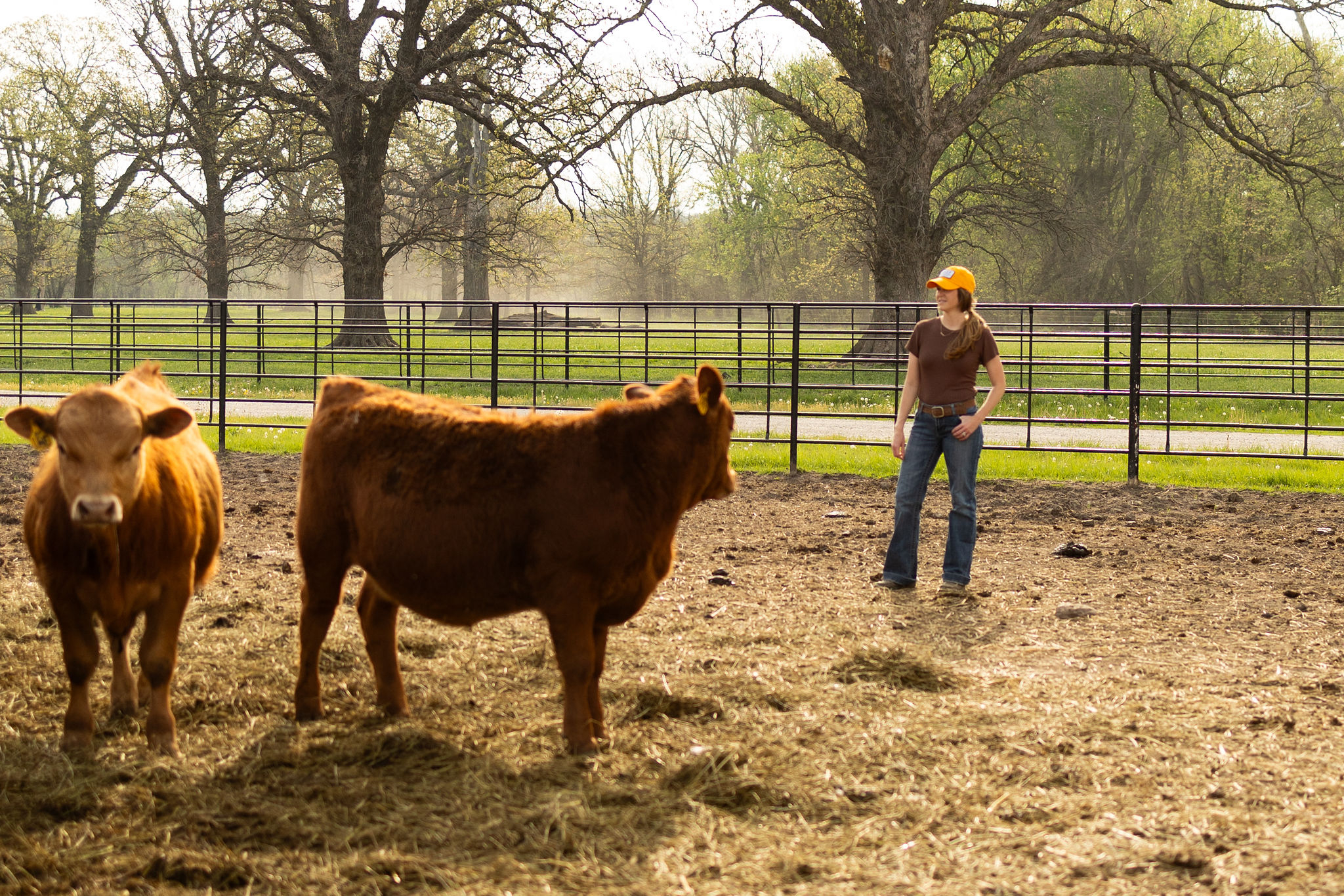Winter is tough on all of us – people, cattle, dogs, chickens, horses – every living thing is struggling to stay warm in this miserable, wet winter that doesn’t seem as if it will ever end (I’m not bitter, I swear). And while it may be easy to bring in your pets at night to make sure they don’t freeze, farmers and ranchers can’t feasibly bring an entire herd of cattle into the house.

When it’s very cold or snowing heavily, giving animals extra forage and supplement helps keep their body temperature up to get through winter storms.
However, even though they can’t fill the hearth room with their livestock, farmers and ranchers are taking several steps to ensure the best care possible for their animals. For example, during extreme cold farmers and ranchers will increase the amount of feed that cattle and horses receive in order to boost their metabolism and help produce body heat – they may do this with forage (aka hay) or they may increase supplement, like
DDGs, corn or another feed mix depending on regional availability. Additionally, many farmers and ranchers will roll out straw or cornstalk bales for cattle to lie on as bedding, which helps keep them dry and warm. For cattle that are unable to be brought into a barn (which is most of them due to herd sizes), windbreaks are set up in pastures so that animals can escape from sharp, biting winds. A windbreak could be made out of railroad ties, hay bales or even a structure erected using tin panels – anything to block the wind will do. Fresh water availability is critical to livestock so farmers and ranchers will chop holes in the ice on ponds and streams so animals have access to clean, fresh water – this is especially important during winter storms when decreased water intake, paired with
increased feed intake, can lead to health problems for cattle.

The cattle have put on extra layers of hair and unique biological features allow them to be insulated from snow.
Although farmers and ranchers do their best to keep cattle warm and comfortable, the reality is that when the temperature drops below 0°F it’s difficult to guarantee warmth. However, cattle and horses are naturally equipped with tools to help keep them warm. For example, when winter starts to set in cattle and horses develop thicker hair coats to insulate their bodies against snow and wind. That’s why you’ll see snow on cows’ and horses’ back – they have created an insulation layer and the snow isn’t melting. Furthermore, livestock will huddle together to conserve heat and insulate the herd. These natural instincts prevent the animal’s internal body temperature from dropping to hypothermic levels.
The efforts of farmers and ranchers, combined with the natural instincts of cattle, keep cattle protected during cold and wet winters such as this one that seemingly will never end (again, I’m not bitter). We are doing our very best to keep cattle comfortable and safe during severe cold and winter weather.
Until next time,
~ Buzzard ~
p.s. to get posts automatically delivered to your inbox, sign up on the homepage in the right side pane. Also, you can follow my daily ranch life happenings on Instagram, @brandibuzzard.



